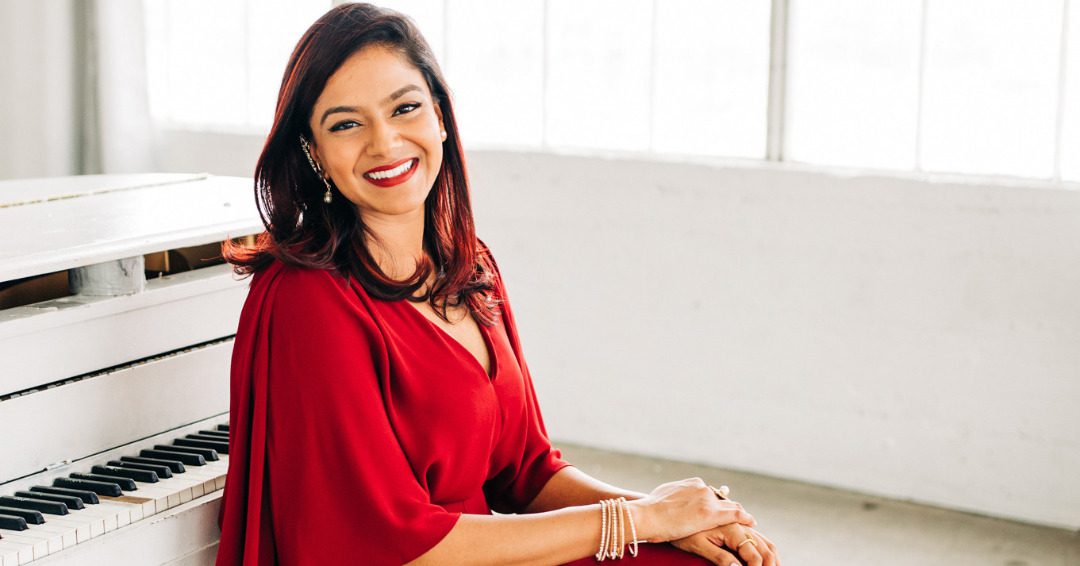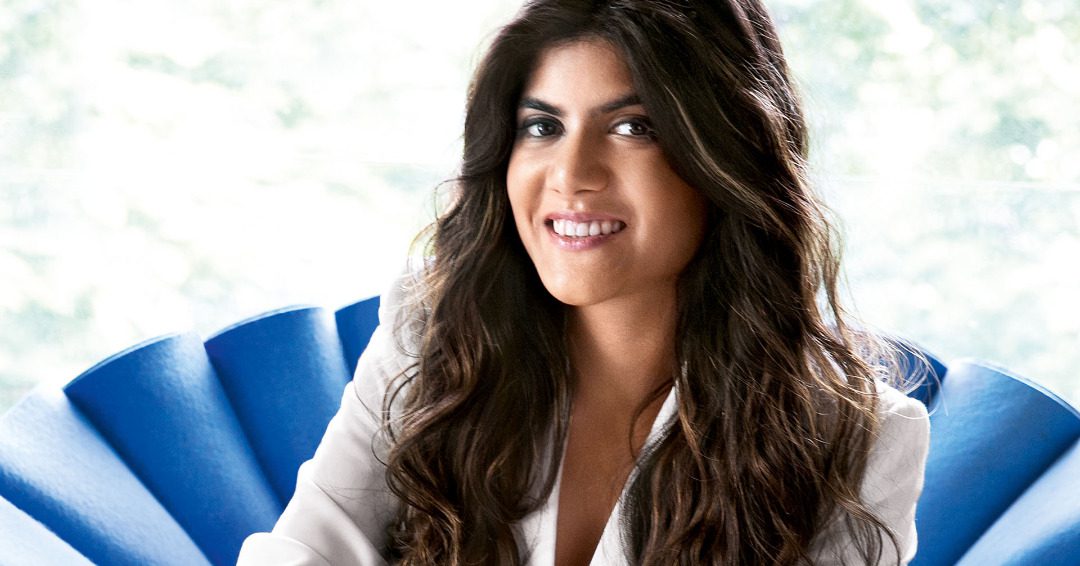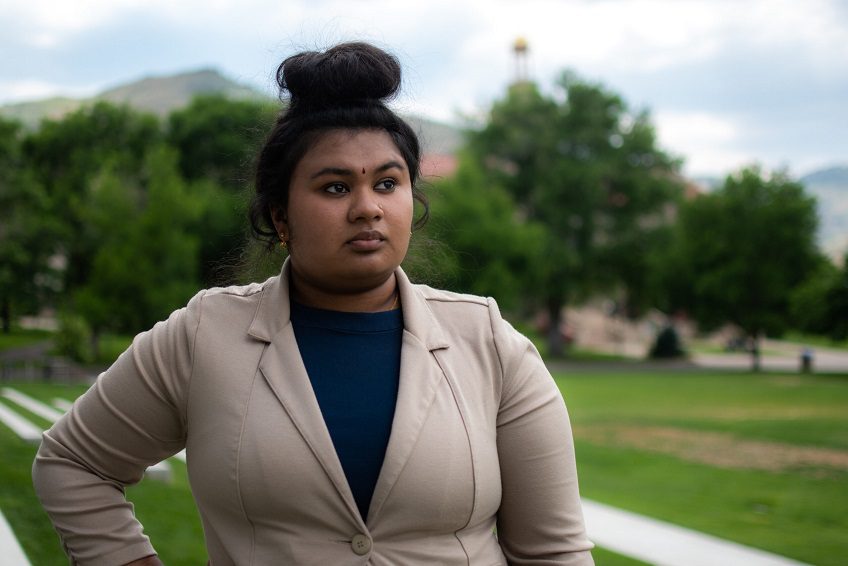(October 4, 2021) Broadway, pop, jazz, Western classical, Indian classical – Raashi Kulkarni can strum up a storm in any genre. Meet the Indian American pianist and music composer whose diverse sound palette has made her a popular entity in music circles. Her global perspective and passion for storytelling have played a catalyst in making some of the best score for American film and television.
A music artiste with two independent albums and a barrage of composition for film and television to her credit, Kulkarni has worked with the likes of Blake Neely and Warner Brothers. But her watershed moment came when she earned a spot at the 2021-23 Universal Composers Initiative, being the only person of Indian-origin to achieve this feat.
Kulkarni’s music has been serenading the audience for a long time but it has been a long journey for this composer who started learning music at the age of 7.
Music gave wings to dreams
Born and raised in Maryland, Kulkarni grew up in a household of music lovers. From Bollywood to Indian classical to Western classical, her home always had music playing in the background and it became a form of expression for this composer early in life. As young as seven, Kulkarni started taking flute and piano lessons. “My piano teacher had instilled the importance of storytelling through music early on, and that sentiment has stayed with me since,” Kulkarni told Voyage LA in an interview. For the next few years, Kulkarni performed at piano recitals, participated in band performances, choirs, orchestra, festivals and competitions.
View this post on Instagram
After her long tryst with music during her school days, she enrolled herself in George Washington University where she studied Economics and minored in Music. While the theories and stats of Economics kept her occupied, she never missed a chance to perform at any event in her college. After her graduation, Kulkarni started working full time but the love for music kept simmering. So she taught piano after work, performed at gigs on the weekend and anywhere in between scored commercials and short films. After three years of balancing the act, Kulkarni knew that she was ready to take the leap of faith and so she quit her job and applied to University of Southern California‘s graduate program for screen scoring. In 2015, she moved to Los Angeles for a perfect learning experience at the USC, wherein she was received the Joe and Alice Harnell Scholar Award for Scoring for Motion Pictures and Television.
The big break
It opened a barrage of opportunities for this young talent who then freelanced as a composer and assisted many film composers for six months before getting a full-time job with Emmy-nominated composer Blake Neely in 2017.
View this post on Instagram
She started with as an intern and later moved up the ranks as a writing assistant/arranger. While Kulkarni was making music under the tutelage of Neely, she released her first EP Raashi, a compilation of five original songs, in 2018. “I wrote the first song, Humraahi, in 2013, when I was at a point of transition in my professional and personal life. The song is about being vulnerable, which represents how I was feeling at that time. I knew I had to open myself up to taking risks,” she told Urban Asian. The album debuted at No 1 on the iTunes World Music Charts.
But the turning point came when she composed and orchestrated the music for the DC Universe’s first Bollywood-inspired musical, featured on DC’s Legends of Tomorrow. “In late 2018, Warner Brothers hired me to compose the DC Universe’s first Bollywood-inspired musical number, featured on DC’s Legends of Tomorrow. I understood the complexity of this endeavor and was able to leverage both sides of my identity to bring this project to fruition. Bridging my two worlds to create a composition for national television was a special milestone for me,” she said in an interview with AAPIMusicians.
View this post on Instagram
Not just this, Kulkarni has composed music with Neely on shows like Batgirl, Supergirl, The Flash and Emergence. The pianist loves telling stories through her music, and finds it an extension of herself. “Stories and music have been passed down for generations and unite people from all parts of the world. Connection is the main reason I love to create and share my work. When composing for film and television, my job is to elevate the emotions of the story and provide context that words cannot. When composing my own music, I’m sharing a part of my soul,” she added.
Facing prejudice in the US
The Global Indian, who has been born and brought up in the US, has become a name to reckon with in music circles, thanks to her soulful melodies. But it hasn’t been an easy journey for her as she faced prejudice early on in her journey. “I have been prejudged on my skills as a musician based on my appearance alone. I have also been told to ‘go back to my country’ even though I was born in the United States. Minorities and underrepresented voices face these issues everyday. I believe the entertainment industry has made well-intentioned strides towards inclusivity and hope that change continues to take hold,” she told AAPIMusicians.
View this post on Instagram
This year Kulkarni scripted history when she became the first person of Indian-origin to be selected for the 2021-23 Universal Composers Initiative. Being one among the eight diverse composers, she is a part of an initiative that aims to elevate artistes that possess unique and global perspectives translating into distinctive musical expressions.
Kulkarni’s music has been elevating films and television for many years now, and the composer has truly made a place for herself in the industry that appreciates a talent like her.




